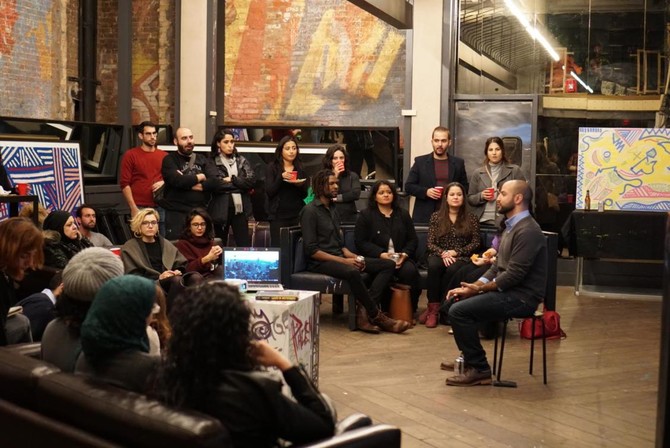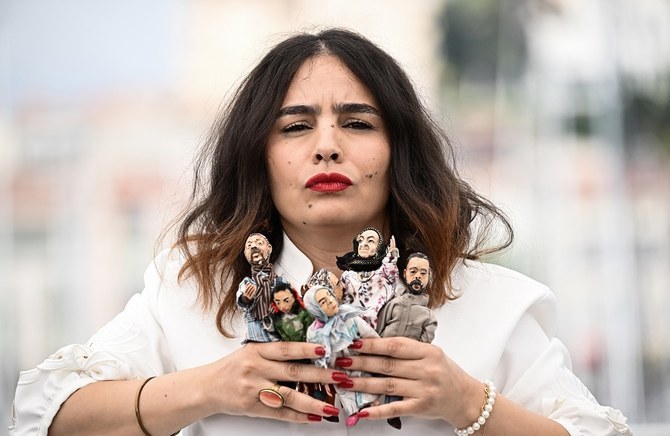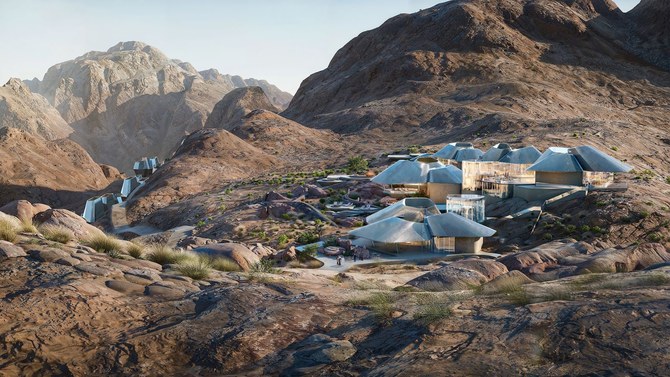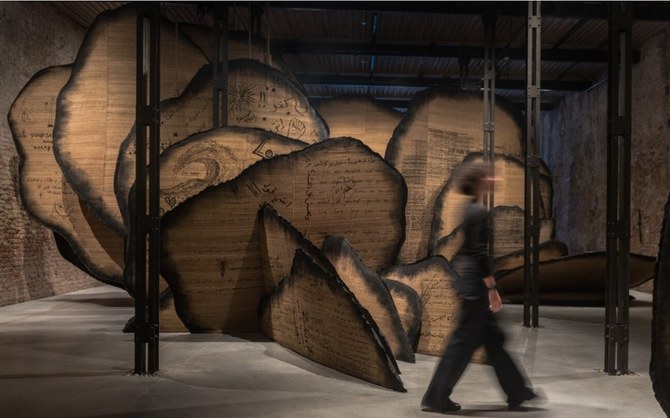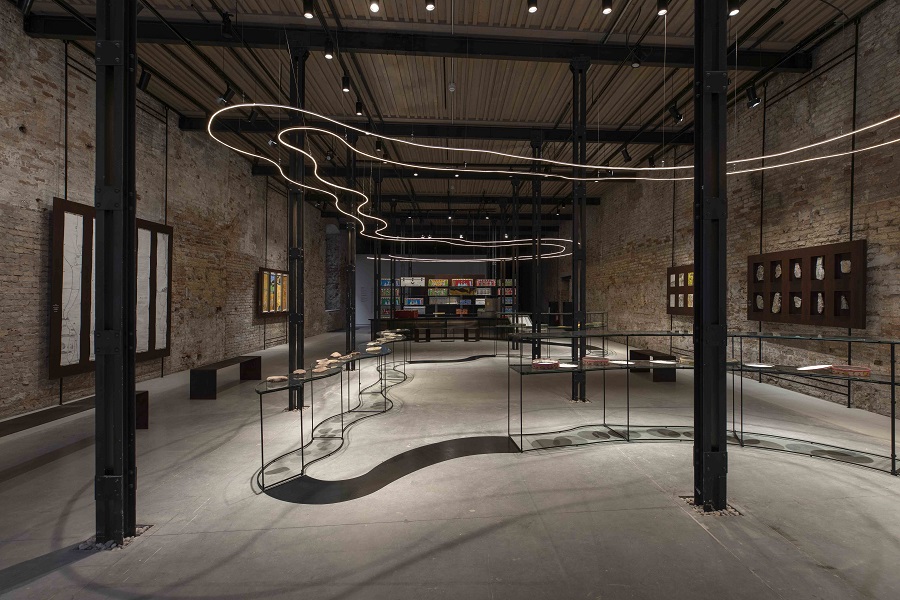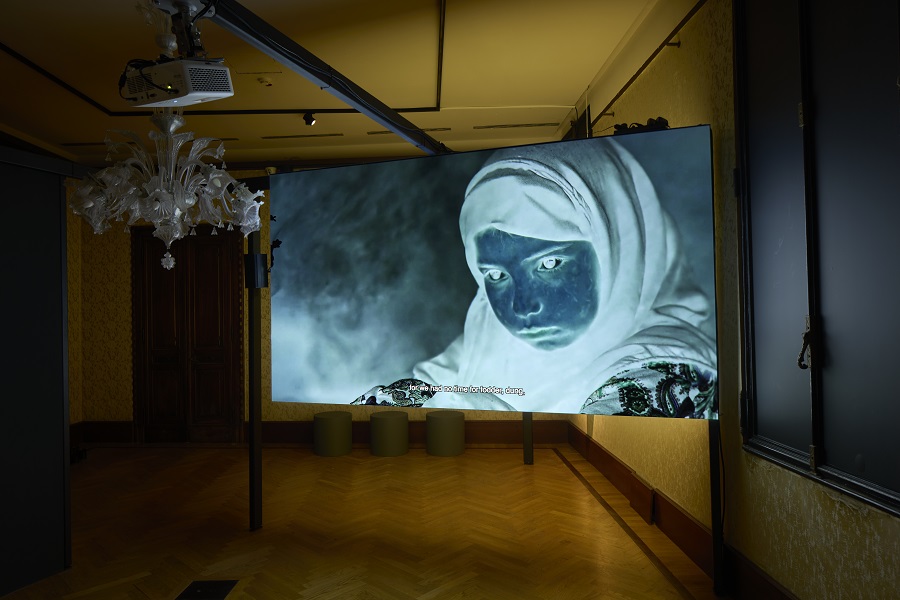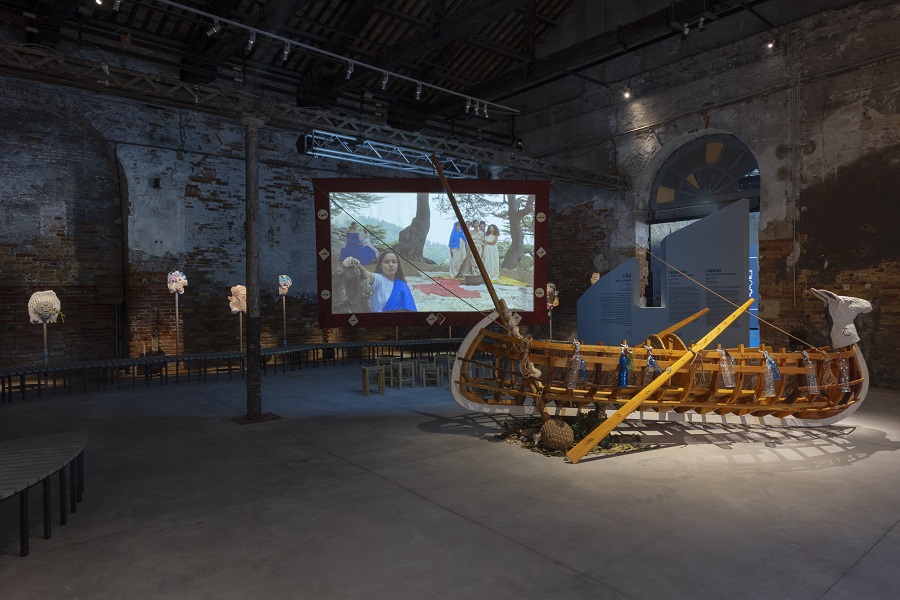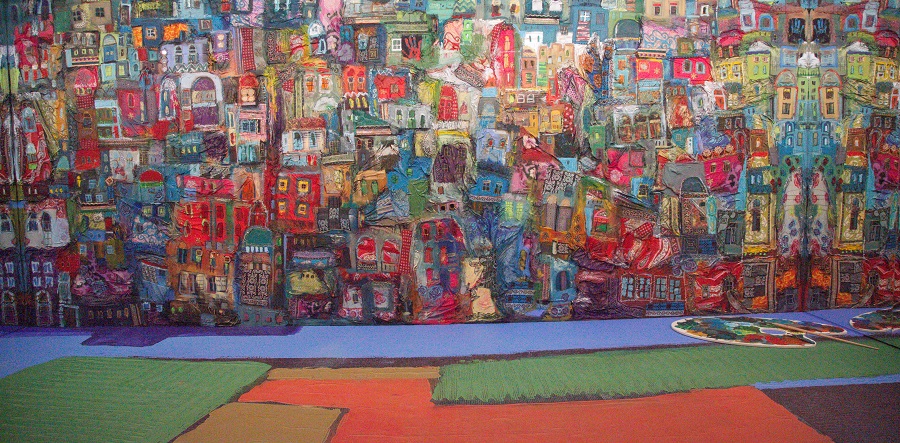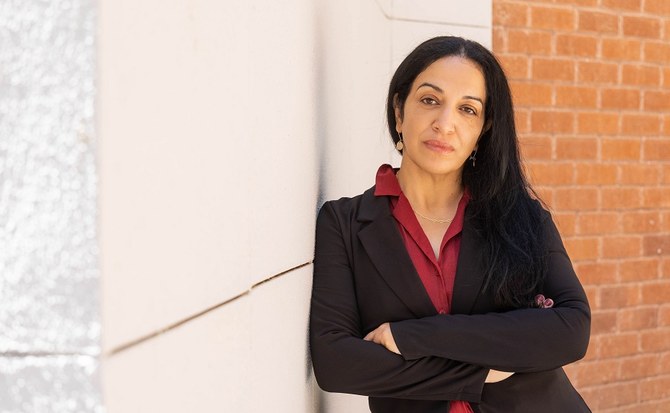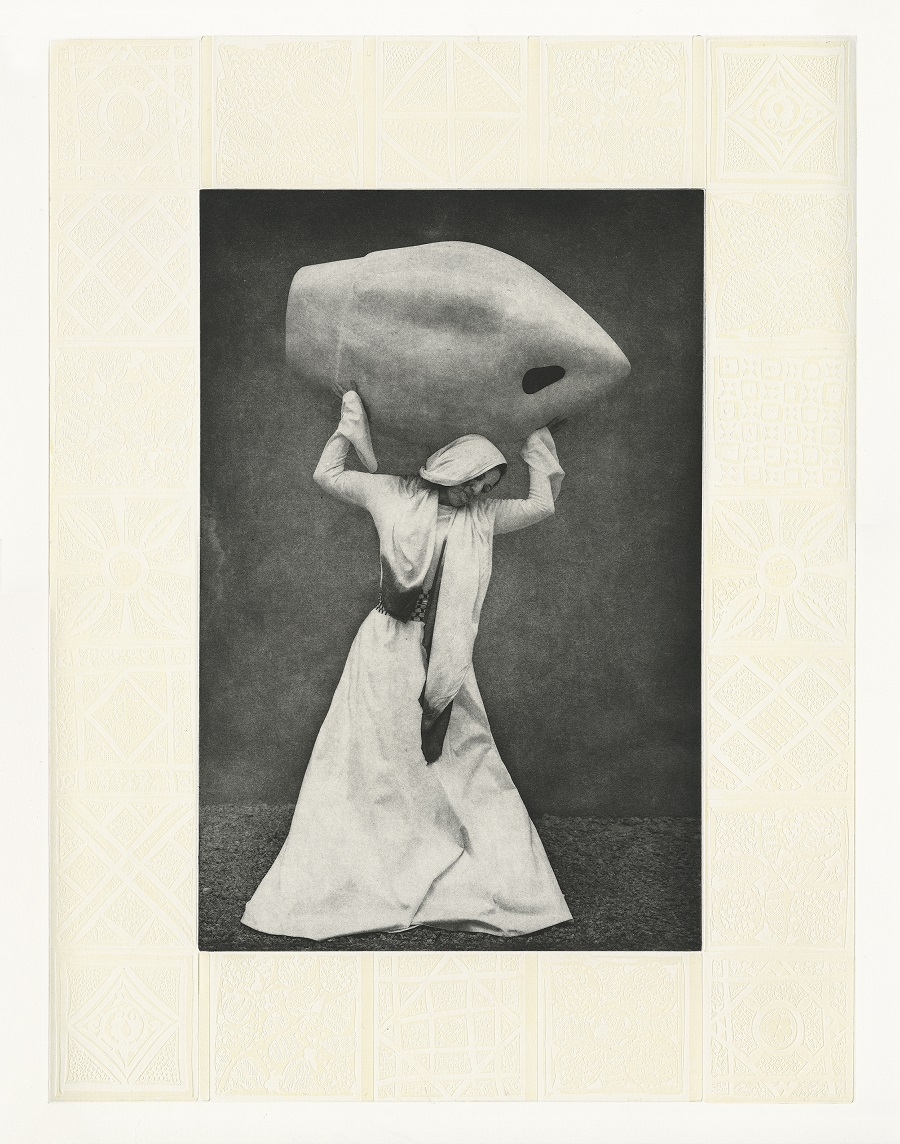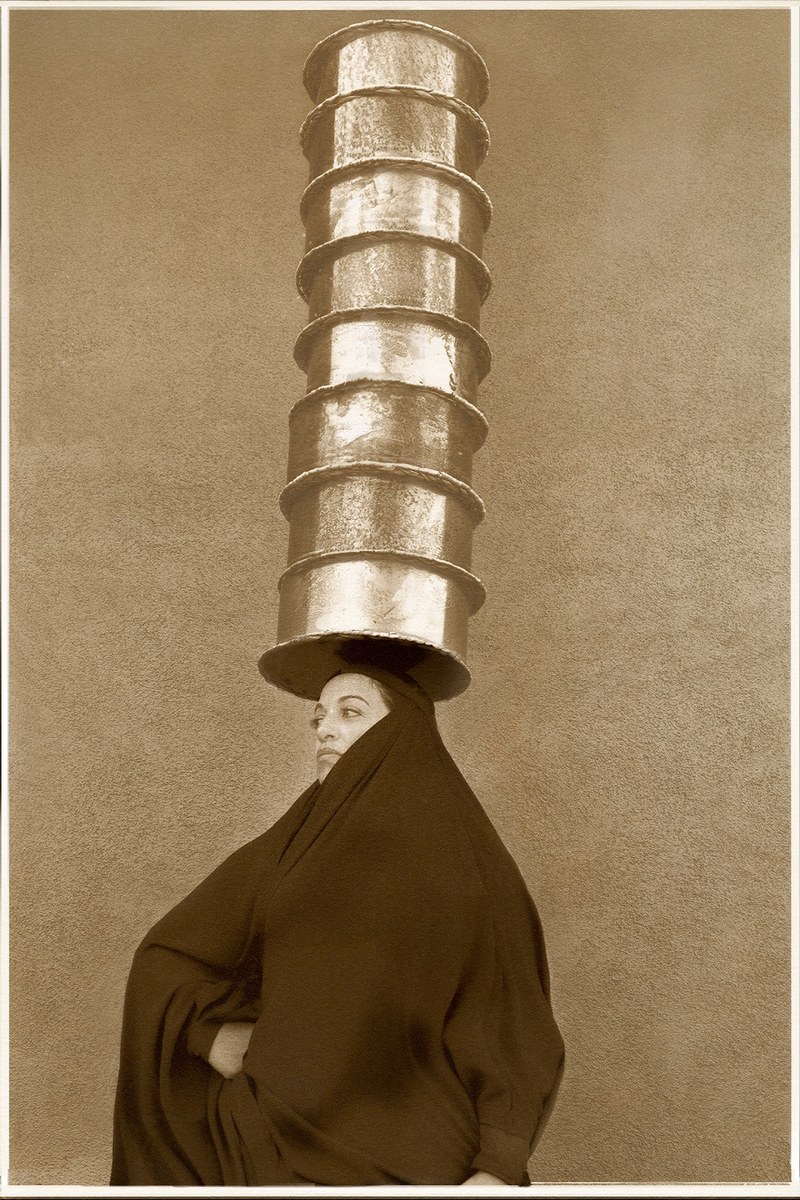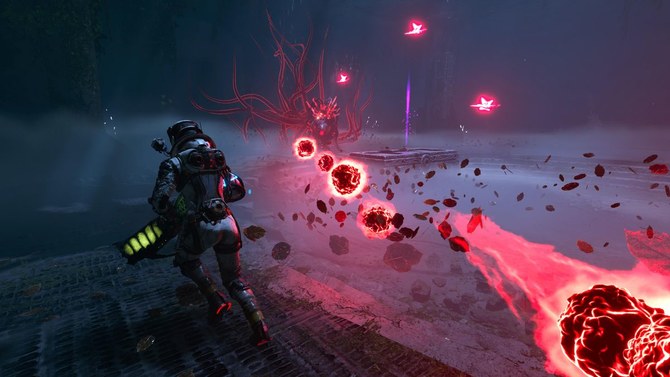NEW YORK: Typically, when young Arabs meet up in a large group they gather for two main reasons: To protest or to party. Afikra, though, takes the middle road, describing itself as a “communal exploration of Arab history and culture.” It feels like a cozy college lecture without the grades — but everyone gets schooled.
It all started in New York four years ago, when a group of young Arabs decided to meet “underground” in a sort of cultural salon, an idea loosely based on the Pen League, the infamous “secret” group in which Arab intellectuals including Khalil Gibran came together in NYC to discuss aspects of their Eastern culture in a Western world.
“The Pen League started 100 years to the year prior to when we started Afikra [in 2014],” said Mikey Muhanna, Afikra’s vivacious founder. “They were a collective of Arabs and Arab-Americans living in New York, trying to understand and write about their heritage and their identity in this region, and in some ways, we were, too.”
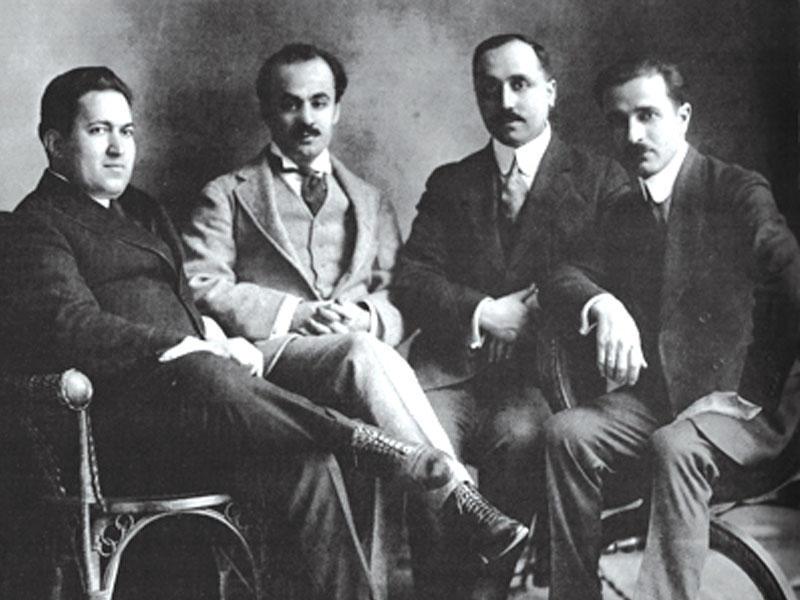
The monthly gathering is now a well-oiled machine. Invites circulate via virtual word of mouth and attendance averages about 40 people per meeting. The speakers don’t promote anything and don’t necessarily have to be Arab, but two participants have pre-agreed presentations, usually projected on a wall with slides that illustrate a curiosity. Each person is coached beforehand and the topics remain a secret until they are live.
Afikra has now expanded beyond NYC to parts of Europe and the Middle East. Each gathering has a purpose, to create a community in which specific topics are introduced by non-experts to a room full of willing students of life. Everyone gets to sit down and dedicate several hours on a Sunday to educating and enlightening themselves and each other on something quirky about the Arab World.
Recently, Muhanna was on a whirlwind trip, as usual. He visited five different cities in five days, asking and responding to questions. He then returned to New York, where he gave a presentation about Afikra at an art space currently dedicated to the New York Arab World Art & Education Initiative (nycaae) before getting on a plane and launching the latest Afikra installment in Amman, Jordan. All Afikra’s talks so far have been conducted entirely in English, but there are plans to start offering meetings in French or Arabic. Afikra’s online archive is currently home to around 150 talks, or, as Muhanna explained, “150 questions that people can now find resources for to answer those questions.”
Originally, Muhanna was running the whole thing himself, with some assistance from friends, but there are now 50 volunteers helping out around the world. There are certain aspects that are consistent throughout all Afikra’s chapters: the same logo is used, and presenters all go through the same centralized coaching process. The audiences, of course, vary though.
“The community in Bahrain is different than the community in Washington, D.C. or Montreal or in Beirut,” said Muhanna. “Because the community is different, the questions they ask might be different. For example, we had a lot of questions coming out of Bahrain about the linguistic diversity of Bahrain, which is really, really interesting. Versus questions that come out of North America, for example, where a lot of them have to do with Arab immigration waves to North America. It helps us speak to the diversity and the breadth of the types of questions people can ask about this region, so that’s nice. That’s a diversity that we are trying to expose and celebrate.”
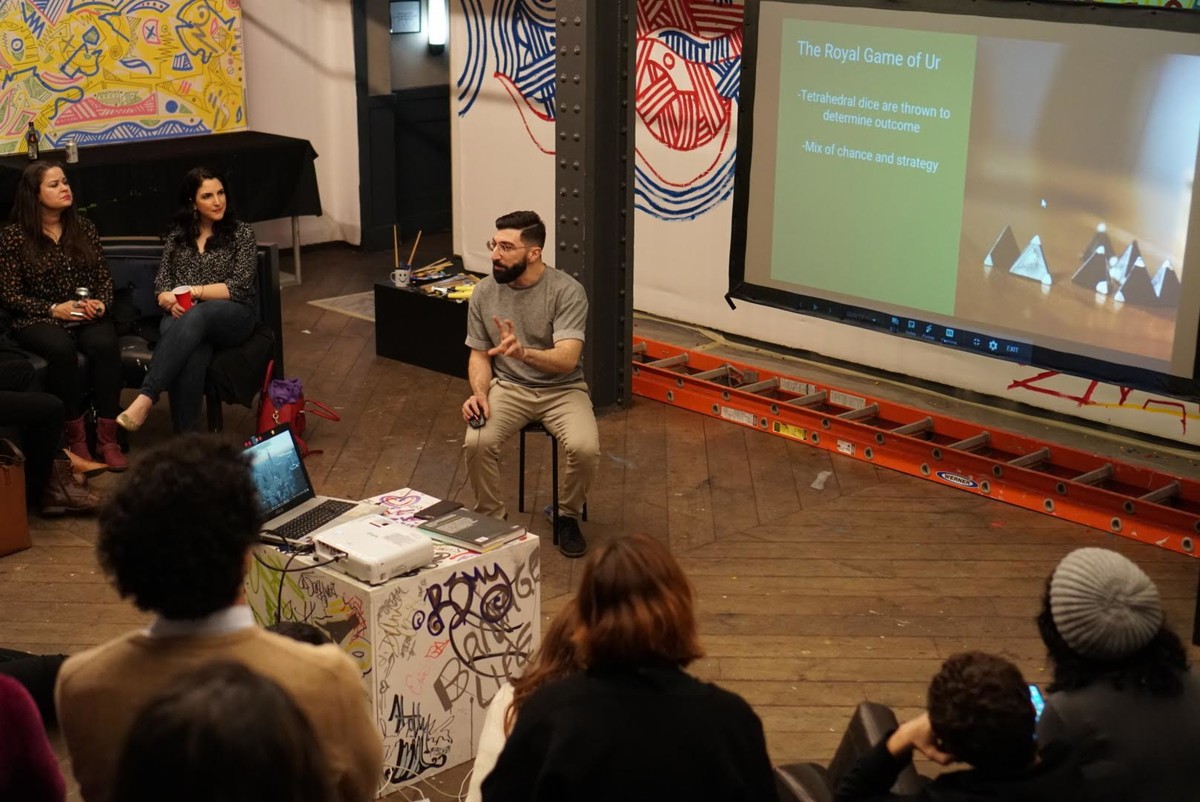
The most recent Afikra NYC, part of nycaae, was hosted by Kuwaiti art curator Razan Al-Sarraf at the ArtX space. Her sister, Rawan, also attended. “One thing that stuck with me was when they were introducing Afikra, they were saying that it’s an event for people to learn about Arab culture,” she said. “I thought that was really interesting because when you’re in foreign lands, I feel like Arabs tend to group together. (But this) wasn’t specifically for Arabs to find each other, it was more open to everyone learning collectively about our culture.”
Hussam Abu-Libdeh was a past presenter and was already preparing for a new topic. ”You learn something new every time you come here,” he told Arab News. “One of the most amazing things is just meeting really cool people and having these quick discussions over pastries where you get to learn more about cool things that they’re doing. It inspired me to present again. I presented back in April, and the question then was, ‘Why does the Arab world consume a lot of tea?’ We consume a quarter of the tea supply in the world, but tea is not indigenous to our part of the world, so I researched how Arabs started drinking tea, because it’s a plant that doesn’t grow here but we like it a lot. It was fascinating to learn about how this plant has come to us, the politics of it.”
Dima Mabsout from Lebanon stumbled upon the event by chance but said it would certainly not be her last. “I think a lot of (Arab) history has been literally buried so we never have these spaces where people are interested to talk about things and to develop curiosity,” she said.
For Jim Khouri, it was his eighth visit. He found out about Afikra the old-fashioned way. “It was recommended to me by a friend of a friend who knew people in New York who would often go to these events, so he told me to check it out. I came to my first one last year and I was hooked.”
Lubna Alnasser from Saudi Arabia loves how Afikra deliberately keeps the topics a secret, adding an element of intrigue. She was pleasantly surprised when one of the topics of the night touched her personally.
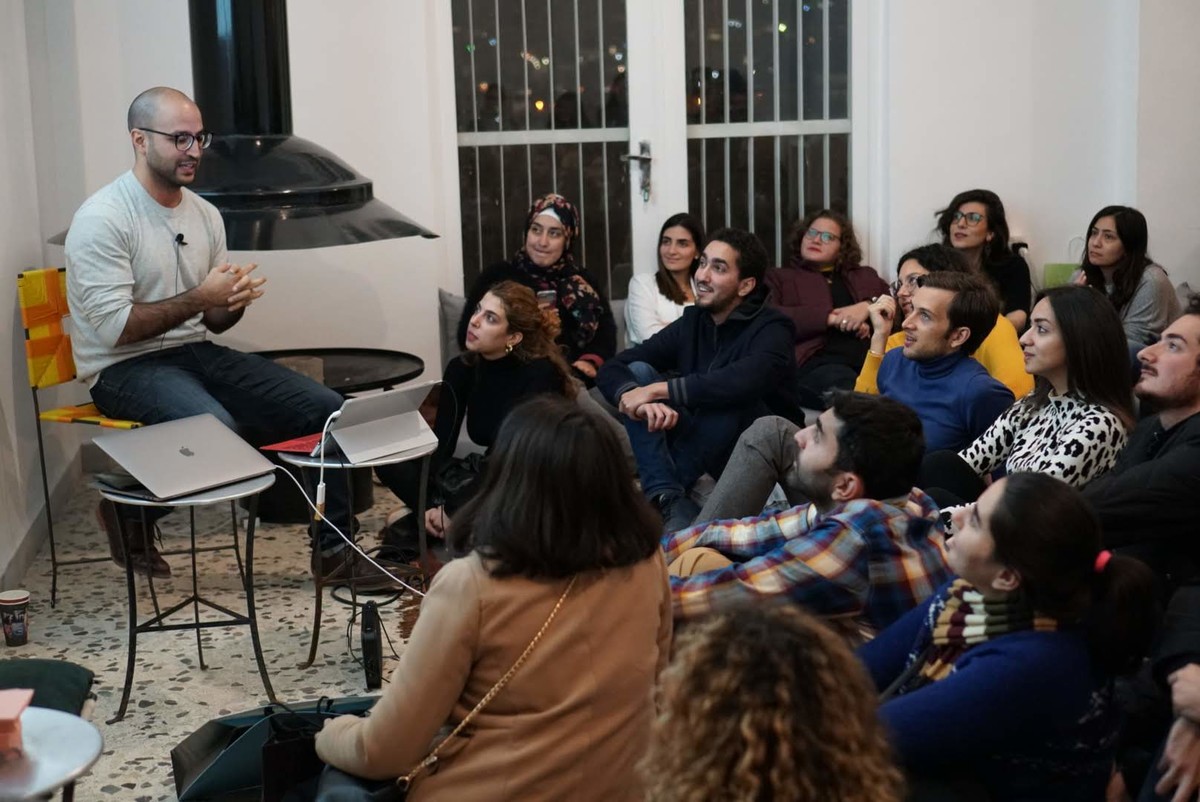
“You don’t know what people are going to talk about and (whether it will be) something that you really like,” she said. “The speech today was about the tapline (the trans-Arab pipeline) and how it changed the economic aspect of the oil industry in Saudi Arabia, and I found it really interesting because my dad lived in one of the villages-turned-cities on the tapline, and he had so many anecdotes — I wish he was here to share them — on how it changed the culture and the social aspect of these cities.”
Rami Abou-Khalil is one of the leaders of the NYC team, and he told Arab News that while each session of Afikra is unique, there are certain elements that need to be consistent for it to achieve its goals: “I measure Afikra’s success by the diversity of the community, the passion for the different topics, and by every time that someone comes to us at an event saying how excited they were to learn about something new.”


